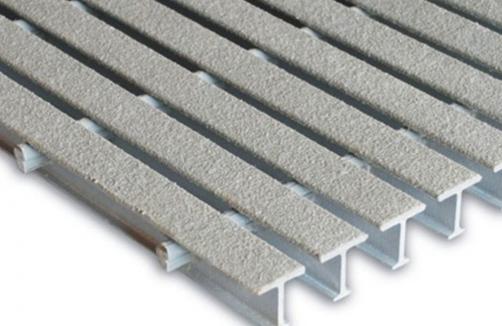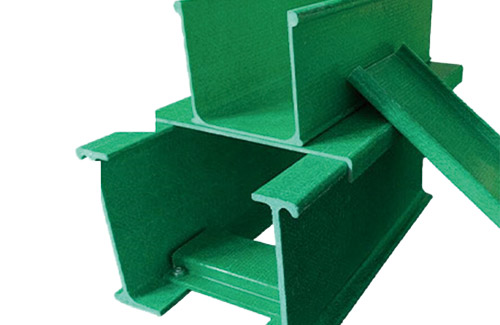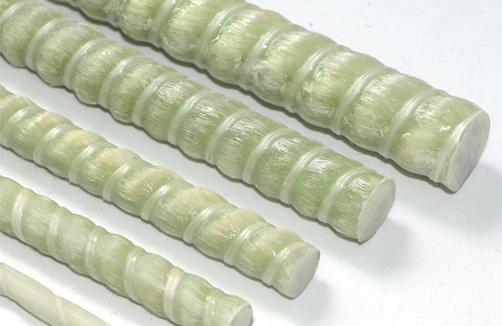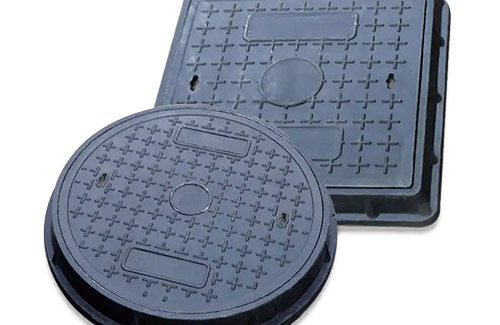The wastewater treatment process is a combination of processes for a certain wastewater treatment. Generally, according to the water quality and quantity of sewage, the economic value of recycling, emission standards and other social and economic conditions, after analysis and comparison, if necessary, it is necessary to conduct experimental research and determine the treatment process used. The general principles are: reforming processes, reducing pollution, recycling, comprehensive prevention, advanced technology, and economic rationality. In the process selection, we should pay attention to the overall optimality, not just the pursuit of the optimality of a certain link. Sewage treatment project is an important part of urban municipal construction, industrial enterprise construction or sewage treatment, and its construction must be carried out in accordance with the national capital construction procedures.
In the process of economic development, China's major rivers and lakes are polluted by phosphorus and eutrophication is serious. The National Environmental Protection Agency has set stricter standards for phosphorus emissions in order to control phosphorus pollution. The chemically-enhanced biological phosphorus removal sewage treatment process mainly removes organic pollutants and various forms of phosphorus in the sewage, and the sewage treatment process integrates chemical phosphorus removal and biological phosphorus removal, and generates anaerobic digestion of activated sludge in the biological system. Volatile organic acid, as a matrix for the growth of polyphosphate bacteria or as a nutrient, allows the polyphosphate bacteria to selectively proliferate in the activated sludge and return it to the biological system, so that the biological sewage treatment system works efficiently. Phosphorus state; at the same time, the release of phosphorus from sludge under anaerobic conditions is eliminated by chemical phosphorus removal. This is a high-efficiency municipal sewage treatment technology that meets the requirements of further dephosphorization on the basis of conventional secondary sewage treatment in order to solve the eutrophication of water in China.
2 Circulation gap China's economic development level varies greatly from place to place. Cities with lagging economic development can't afford much money for sewage treatment. Therefore, how to use limited funds to reduce environmental pollution is a problem faced by many city governments. In terms of sewage treatment, until recently, some cities also used primary or primary intensive treatment technology, and the effluent did not meet the national secondary emission standards for the removal of organic pollutants. The cyclic intermittent aeration process fully exploits the advantages of high-load oxidation ditch treatment efficiency, and fully utilizes the characteristics of the sequencing batch activated sludge wastewater treatment process to ensure that the system effluent meets the national sewage discharge level standard in removing organic pollutants. Aspect requirements. The investment and operating costs are reduced by about 30% compared with the secondary biological sewage treatment system, which is usually based on the removal of organic pollutants. It is a process technology suitable for the current stage of sewage treatment in China.
3 rotary contact
The rotary contact oxidation wastewater treatment process technology is a new generation of aerobic biofilm treatment technology based on the biological turntable technology combined with the advantages of biological contact oxidation technology. The rotary contact oxidation wastewater treatment process technology and complete equipment provide a simple and reliable wastewater treatment method. The shaft in the entire sewage treatment system is the only rotating part. Once the machine fails, the general mechanical personnel can perform maintenance. System biomass is automatically compensated for changes in organic load. The microorganisms attached to the turntable are alive. When the organic matter in the sewage increases, the microorganisms increase. On the contrary, when the organic matter in the sewage decreases, the microorganisms decrease. Therefore, the working effect of this sewage treatment system is not easily affected by sudden changes in flow and load and power outages. The operating cost is low, only one-eighth to one-third of the electricity consumed by other aeration sewage treatment systems. The footprint is only half that of the conventional activated sludge process. Due to the variety of microorganisms grown in biological systems, various refractory industrial wastewaters can be efficiently treated.








